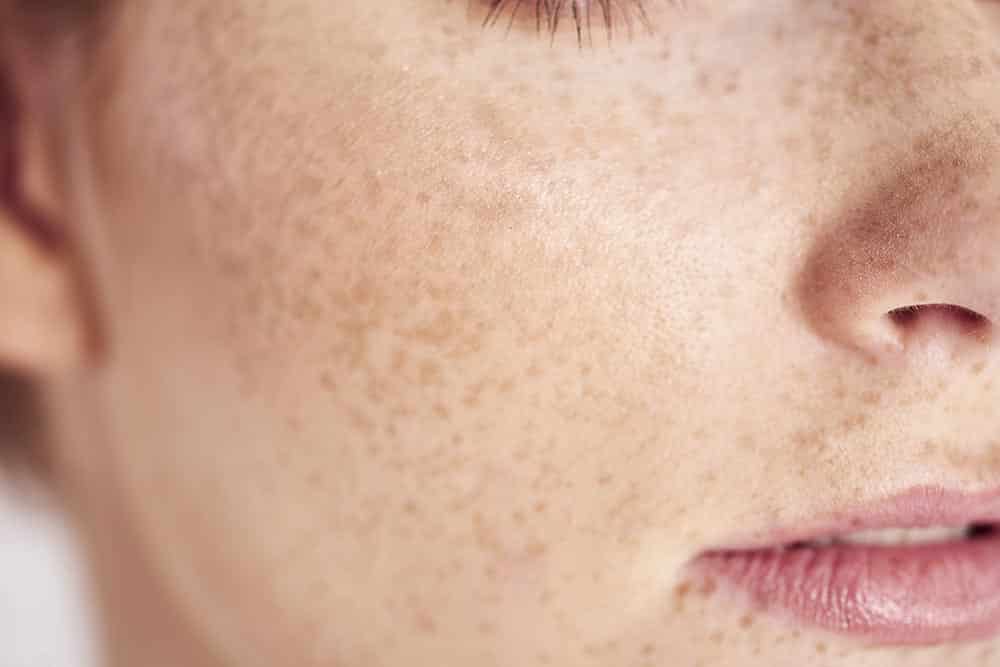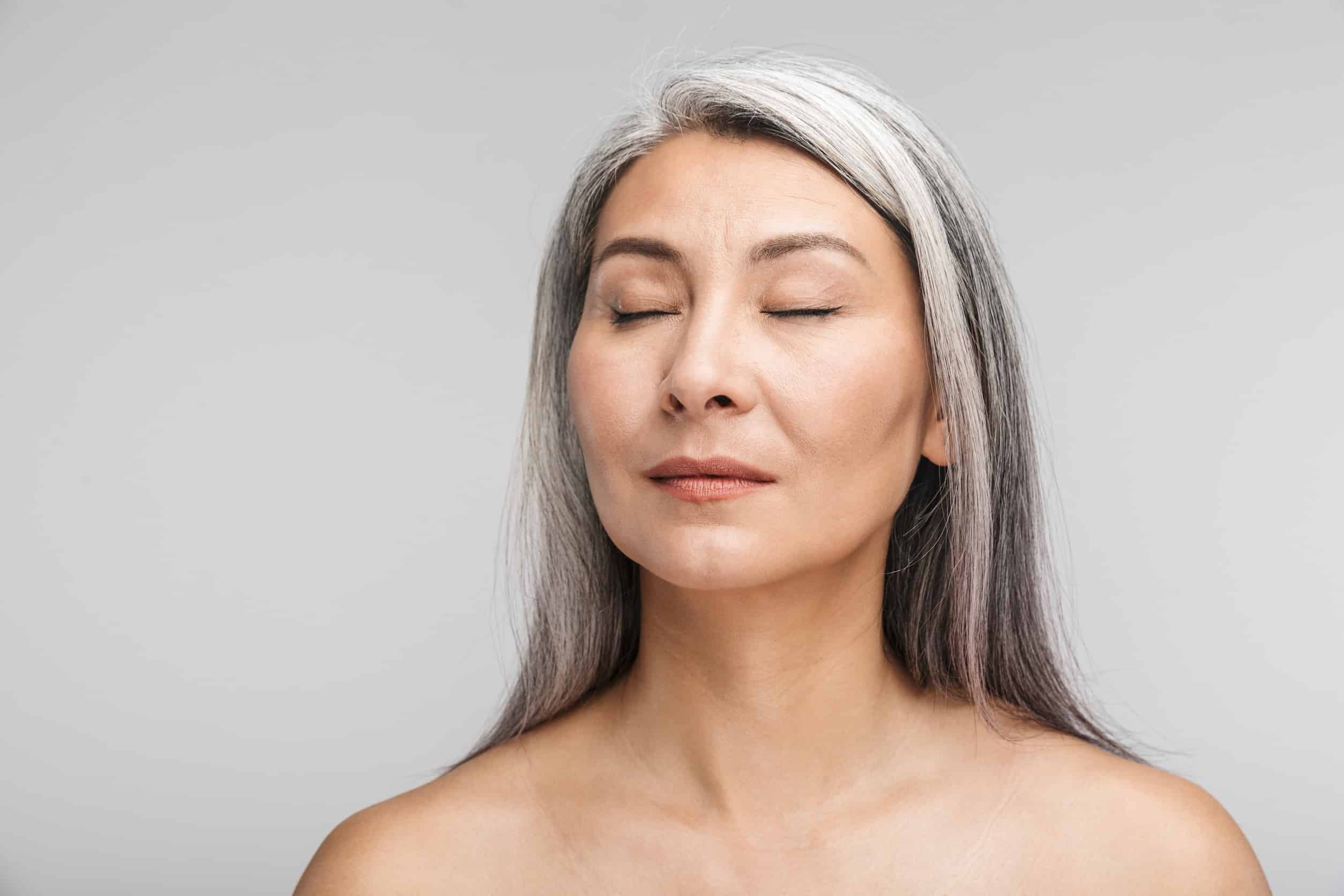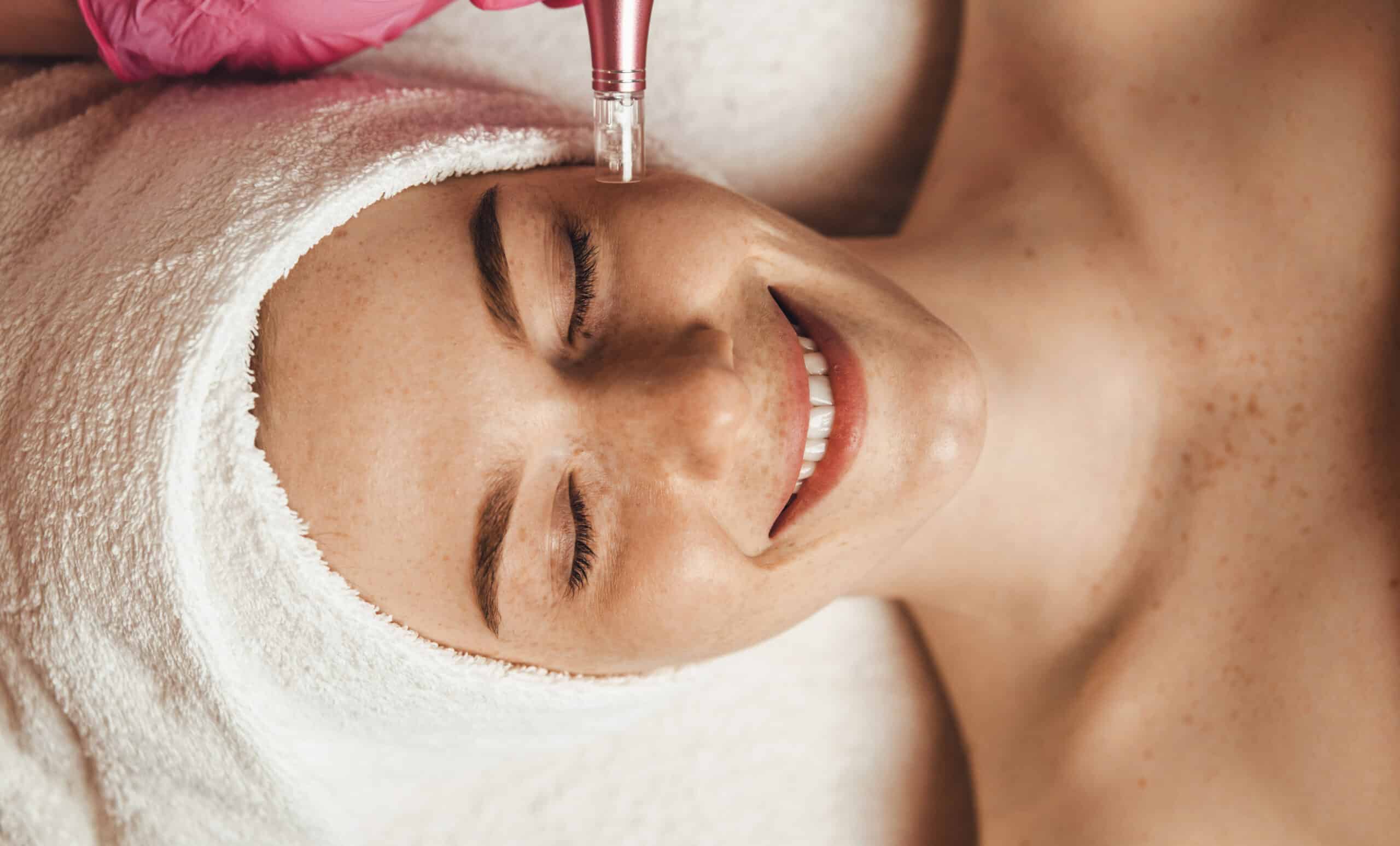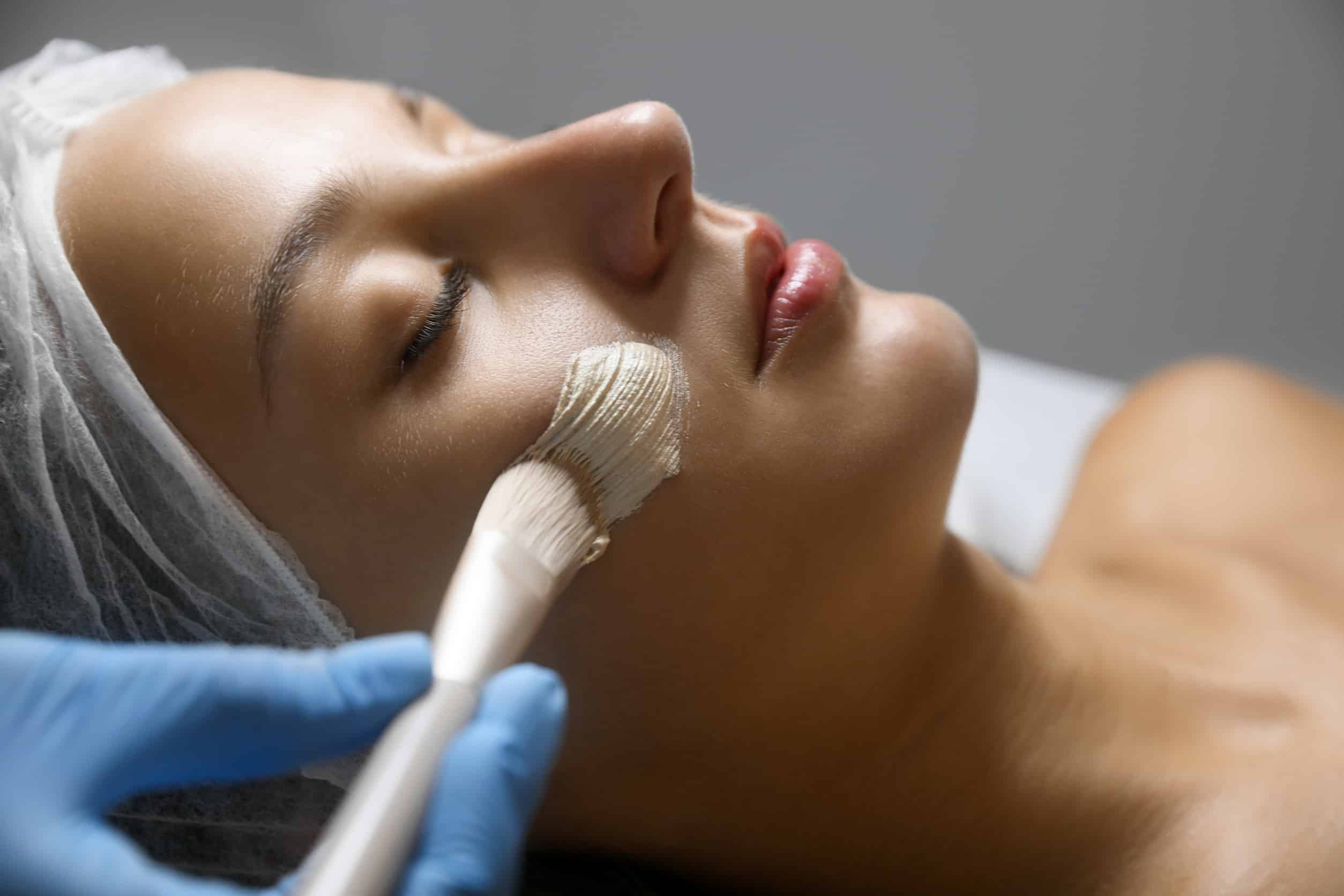Is the summer sun bringing out your freckles? Read to learn what freckles are, when to be concerned, and how to protect and correct sun damage.
1.What are freckles?
Freckles are flat clusters of melanized pigmentation on the surface of the skin. They are caused by a combination of sun exposure and genetics. They can show up as brown, tan, or red. The medical term for freckles is “ephelides.” The body produces two different types of melanin called pheomelanin and eumelanin. Eumelanin absorbs UV rays, is an antioxidant, and helps get rid of free radicals. Pheomelanin produces free radicals in response to UV rays- increasing the likelihood of skin cancer developing. People with darker complexions produce more eumelanin. People with lighter complexions produce more pheomelanin.
2. When should I be concerned about pigment?
You should be concerned about pigment when you are seeing new darkened spots that do not go away especially after summer is over. Normal freckles or brown spots appear symmetrical, are uniform in color, and are flat. If you see an area of hyperpigmentation that becomes raised or is growing quickly, it’s recommended to see your dermatologist. If you find an area of skin that is continuously flaky, painful, non-healing, or itchy, these may also be signs of an issue. Some brown spots or freckles are visually non-appealing but not necessarily medically concerning.
3. How can I protect my skin?
The best way to protect your skin is by wearing sunscreen with UVA and UVB protection every day. A sunscreen with an SPF of 30 or higher is best practice. It is best to reapply sunscreen every 2 hours while in direct sunlight. Both UVA and UVB rays are capable of damaging skin cells.
- UVA rays are more prevalent in the atmosphere. UVA rays can penetrate deep in the skin and cause your skin cells to age and indirectly damage DNA.
- UVB rays typically damage the outermost layers of your skin, causing sunburn. UVB rays directly damage DNA and are the cause of most skin cancers.
You can also protect your skin by keeping your skin covered, staying in the shade, and avoiding tanning beds.
4. To correct sun damage, we recommend Chemical Peels, BBL Treatments, and a medical-grade Vitamin C product.
- Chemical Peels are a great year-round treatment. Most chemical peels are formulated with retinols, alpha-hydroxy acid, and/or antioxidants to gently exfoliate the skin to remove a uniform layer of damaged skin cells. For best results, we recommend being out of direct sunlight 2 weeks prior and following a Chemical Peel.
- BroadBand Light, or “BBL,” uses infrared invisible light technology to evens one’s complexion in the top layers of the skin, while also working deep in the dermis to revitalize old skin cells at the molecular level. If you are in the sun all summer, we recommend waiting until the fall/winter to start BBL treatments.
- Vitamin C is an antioxidant that your body naturally produces. As you age, Vitamin C levels deplete in your skin. Unprotected sun exposure and pollution accelerate the depletion of Vitamin C. Luckily we can apply Vitamin C products to the skin to help replenish! Vitamin C helps to even your complexion and reduce fine lines and wrinkles. Our favorite Vitamin C product is Revision Skincare’s C+ Correcting Complex 30%. It is formulated with the purest form of Vitamin C and at the highest strength. We recommend using C+ Correcting Complex 30% twice daily to protect, brighten, even and smooth the skin.
For personalized skin treatments in Kansas City, contact Healthylooks Medspa today!




